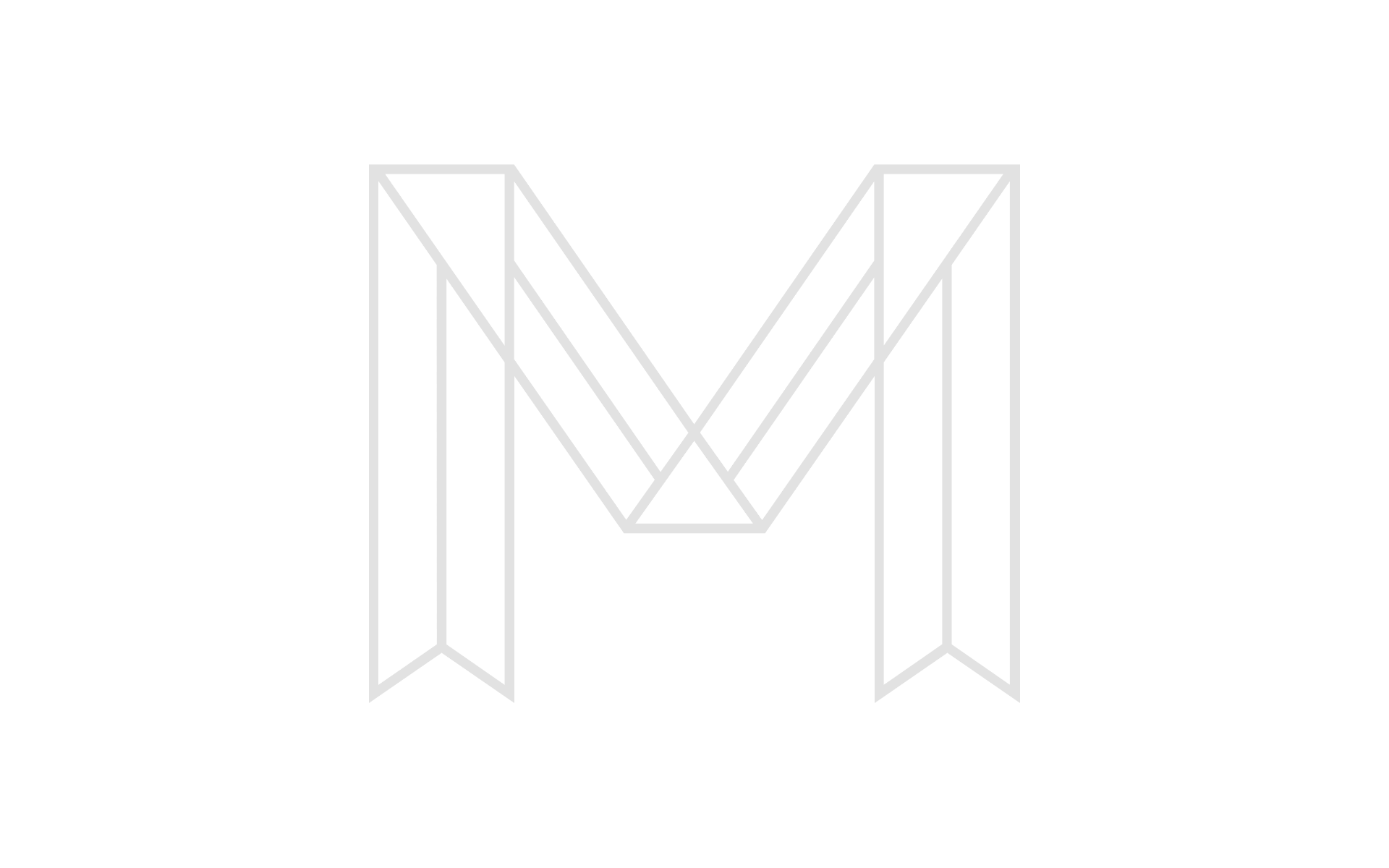Mental Fatigue in the Corporate Environment: The Year-End Crunch

As the year winds down, many corporate teams in South Africa find themselves in a unique season of pressure. October and November are often the most demanding months of the year—targets must be met, projects need closing, and leaders push to tie up loose ends before the December holiday break.
While December offers rest and recovery, the months leading up to it can leave employees mentally drained, anxious, and desperate to cross the finish line. This is where mental fatigue—a deep, cognitive exhaustion—takes hold in the workplace.
🧠 What Is Mental Fatigue?
Mental fatigue goes beyond normal tiredness. It's the sense of running on empty—struggling to focus, lacking motivation, and feeling emotionally worn down. Unlike physical tiredness, it doesn't simply disappear after one good night's sleep. It's the result of cumulative stress, high expectations, and the relentless pace of the year.
🚩 Signs of Mental Fatigue in October and November
By this stage in the year, many employees experience:
-
Trouble concentrating or making decisions
-
Irritability or emotional withdrawal
-
Increased mistakes and reduced creativity
-
Rising absenteeism or presenteeism (being present but disengaged)
-
Heightened stress as deadlines and year-end reviews loom
🌍 Why These Months Feel So Heavy
-
The Long Year Behind
By October, employees have worked through nine intense months with limited extended breaks. Energy reserves are running low. -
Year-End Pressure
October and November often carry the heaviest deadlines—budget finalisations, strategic planning, and project wrap-ups before the December slowdown. -
Performance Reviews and Targets
Employees feel the weight of proving their value before annual assessments, bonuses, or contract renewals. -
Anticipation of Rest
With December holidays in sight, the contrast makes October and November feel even longer and harder to endure.
🛠️ Strategies to Support Your Team During the Crunch
-
Prioritise What Truly Matters
Not everything has to be completed before December. Help teams focus on critical outcomes rather than adding unnecessary pressure. -
Encourage Micro-Rest
Promote regular short breaks, mindfulness moments, or flexible schedules that allow employees to recharge during the day. -
Promote Emotional Wellness
Offer counselling or wellness programs to help employees manage stress and build resilience. -
Open Channels for Honest Dialogue
Give employees space to share their challenges. A culture of openness reduces the burden of silent struggles. -
Model Healthy Leadership
When leaders manage their stress visibly and set healthy boundaries, it empowers teams to do the same.
🌱 Conclusion: Strengthening People Before the Break
While December provides much-needed rest, the real challenge lies in navigating October and November. Supporting employees during these months doesn't just help them survive the crunch—it positions them, and the business, to thrive in the new year.
At MINDSHIFTERS, we partner with organisations to strengthen emotional wellness and resilience during these high-pressure months. Through coaching, counselling, and mediation, we equip teams to finish the year well—without sacrificing their health in the process.
Because people don't just need to make it to December—they need to arrive whole.
